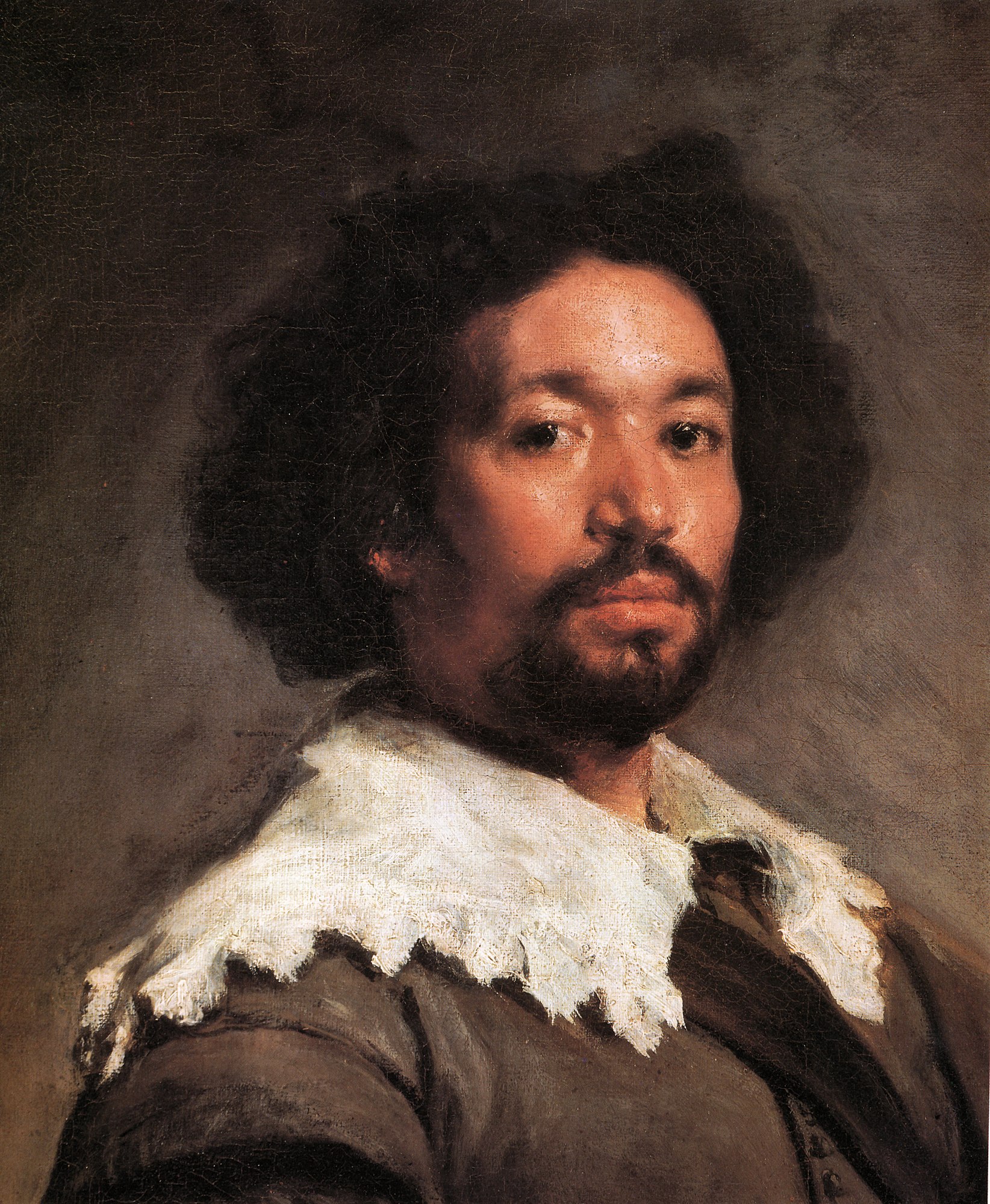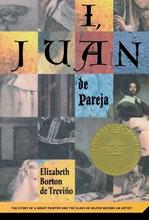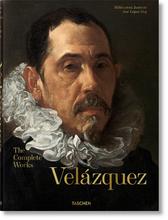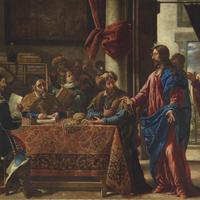More about Juan de Pareja
- All
- Info
- Shop
Works by Juan de Pareja

Contributor
If there’s one painter in all of 1600s Spain worthy of kudos, it’s Juan de Pareja of the Velázquez studio.
Granted, anyone who could survive the 17th century had to be made of tough stuff— and we’re not talking about the atrociously stiff clothing rocked by the upper classes. This was the delightful era of the Spanish Inquisition, questionable bathing habits, and the occasional resurgence of the Bubonic Plague.
Pareja was of North African and Spanish descent, born into servitude near Málaga. His success as a painter despite his circumstances seemed so unlikely that, until 1983, historians doubted his slave status. The discovery of a legal document declaring Pareja freed by Velázquez put the rumors to rest. Until his freedom in 1654, Pareja had to fight tooth and nail to even study his craft. He observed the works of Veronese and Titian, yet was initially barred from exploring his own creative vision.
Audiences love a good success story, especially involving a benevolent ruler. It’s no surprise that historian Antonio Palomino took some creative license with Pareja’s biography. The legend goes that Pareja, restricted from pursuits greater than cleaning brushes and preparing paints, had to teach himself artistry by candlelight. When the king came calling in the studio, Pareja snuck his own work into the exhibition. The king declared Pareja’s mastery of the arts too great for a man enslaved. Defying the monarchy wasn’t a good idea in the 17th century, unless you wanted to live out the rest of your short life disgraced and headless. Velázquez must have valued his life, because he freed his assistant soon after.
Since Palomino’s story is likely fiction— it reads more like a Cinderella retelling than a biography— it’s hard to define the relationship between the two artists. Velázquez’s portrait of Pareja was said to be indistinguishable from the man himself, and confused critics have noted that portraiture was an honor reserved for honored members of European society.
Adding to the confusion is the era. 17th century Spain ranks pretty low in terms of “fun eras to be anything but a nobleman.” Heck, even the nobles had rampant disease, poison plots, and power struggles to worry about. Employment opportunities were highly restricted for all but the uppermost echelons of society. Pareja was certainly talented. His skill as a portrait artist is well recorded, and a few masterpieces attributed to Velázquez are rumored to be the work of his assistant. Still, his eventual work as a free painter is astonishing considering the flourishing Spanish slave trade of his day and his A-hole of a master. Velázquez didn’t have any qualms about being a slave owner for twenty-some years to a man his equal in talent, so let’s not give Diego any pats on the back for making the right decision a quarter century too late. After all, the chances Velázquez reimbursed Pareja for decades of unpaid labor are as low as the likelihood that a 17th century nobleman brushing his teeth.
Sources
- Clarke, Terence. “The Soul of Juan de Pareja.” Huffington Post. May 13, 2013. Accessed August 15, 2017. http://www.huffingtonpost.com/terence-clarke/juan-de-pareja-velazquez_b….
- Fikes Jr., Robert. “Juan de Pareja and Sebastian Gomez: Masters of Spanish Baroque Painting.” The Crisis 87 (February 1980): 49-54.
- “Juan de Pareja.” Wikipedia. June 14, 2017. Accessed August 15, 2017. https://en.wikipedia.org/wiki/Juan_de_Pareja.
- Lugo-Ortiz, Agnes, and Angela Rosenthal, eds. Slave Portraiture in the Atlantic World. New York: Cambridge University Press, 2013.
Featured Content
Here is what Wikipedia says about Juan de Pareja
Juan de Pareja (c. 1606 – c. 1670) was a Spanish painter. Born enslaved, he is known primarily as a member of the household and workshop of painter Diego Velázquez, who freed him in 1650. His 1661 work The Calling of Saint Matthew (sometimes also referred to as The Vocation of Saint Matthew) is on display at the Museo del Prado in Madrid, Spain.
Check out the full Wikipedia article about Juan de Pareja













